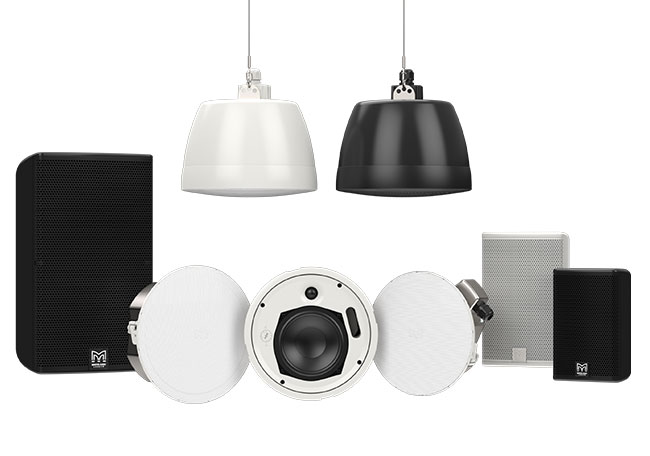Integrating Traditional Systems utilizing Cutting-Edge Audio Connectivity Technologies for Improved Performance and Adaptability.
Integrating Traditional Systems utilizing Cutting-Edge Audio Connectivity Technologies for Improved Performance and Adaptability.
Blog Article
In today's rapidly evolving world of audio technology, the need to enhance efficiency and flexibility in sound systems is increasingly important than ever. Numerous entities and venues still depend on outdated systems, which are older solutions that may not have the features of contemporary devices. However, integrating these outdated systems with cutting-edge sound networking technologies can lead to substantial enhancements. Audio communication enables for better interconnectivity between equipment, allowing it simpler to manage and manage sound throughout different areas.
One of the primary benefits of combining legacy technologies with modern sound networking is increased adaptability. Conventional audio technologies often require complex cabling and limited pathway options. With audio communication technologies like Dante or AVB, sound transmissions can be transmitted over standard Ethernet cables. This implies that operators can easily link multiple devices without the requirement for extensive reconfiguration. Whether in a performance hall, a educational auditorium, or a business event, this flexibility enables for quick adjustments and changes to the sound configuration without major downtime.
Quality is another significant element that improves when outdated systems are upgraded with up-to-date networking technologies. Outdated systems may struggle to provide superior sound, especially in larger spaces or during challenging events. By implementing sound communication, organizations can leverage of sophisticated features such as minimal delay, synchronization, and electronic data processing. These advancements assist ensure that sound is distinct and consistent, enhancing the complete quality for audiences and performers alike. This shift can create a noticeable impact in the way sound is perceived in different settings.
Additionally, integrating outdated technologies with modern solutions can lead to financial savings in the long run. Although modernizing to new devices may necessitate an initial investment, the efficiency gained through sound networking can reduce maintenance costs and decrease the requirement for ongoing repairs. Additionally, connected technologies often require less tangible room than conventional installations, which can save on property expenses in venues. Entities can distribute funds more effectively, using the money they retain to allocate resources in other important areas.
Finally, educating staff on how to operate integrated systems becomes simpler with sound networking. Many modern audio communication platforms come with user-friendly controls and distant control capabilities. This view publisher site means that even those who may lack extensive technical expertise can be trained to manage and control the audio solutions efficiently. Training programs can be designed around these technologies, enabling staff to maintain and diagnose systems with confidence. By combining the legacy with the modern, entities can create a more capable and skilled team, ultimately leading to improved sound experiences for all involved.